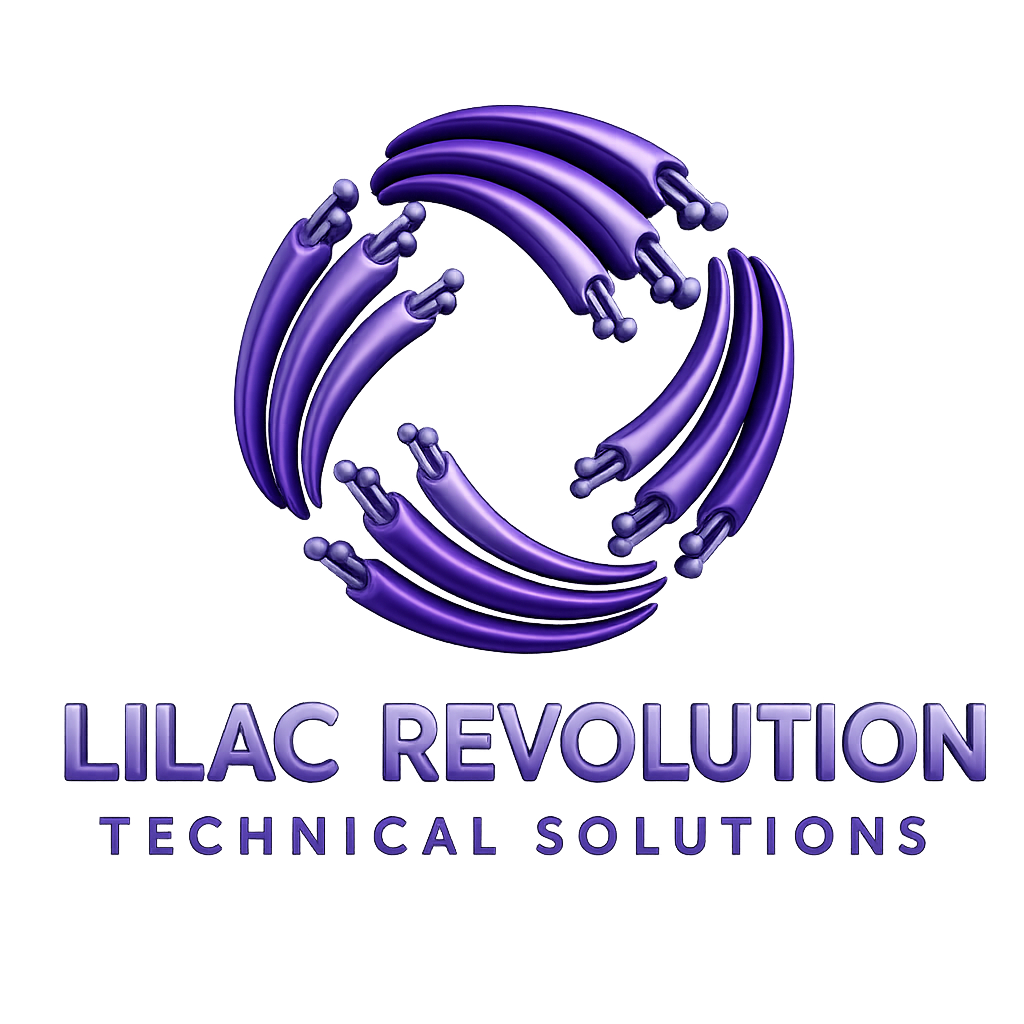Empower Your IT Team: Effective Computer Assessment Strategies for Educators
You’re juggling countless devices, yet your computer assessment process feels stuck in the past. Sound familiar? It’s time to change the game for your IT team and educators. With the right educator assessment tools and professor evaluation methods, you can boost teaching effectiveness and student performance. Dive into the world of educational technology and discover digital assessment suggestions that make a real difference. Ready to empower your team and enhance your school’s performance? Let’s get started.## Strategies for Effective Computer Assessment
Let’s explore some key strategies to make your computer assessment process more efficient and impactful. We’ll look at tools for educator assessment and techniques for professor evaluation that can transform your approach.
Leveraging Educational Technology
Educational technology is revolutionizing how we assess and improve teaching and learning. Let’s explore how it’s enhancing student performance assessment and providing digital assessment suggestions for schools.
Digital Assessment Suggestions for Schools
Implementing digital assessments can seem daunting, but with the right approach, it can greatly benefit your school. Here are some suggestions to get started:
-
Start small: Begin with one class or subject to test and refine your approach.
-
Train educators: Provide comprehensive training on the chosen digital assessment tools.
-
Ensure accessibility: Make sure all students have equal access to the necessary technology.
Remember, the goal is to enhance learning, not just to digitize existing processes. Choose tools that align with your educational objectives and provide meaningful insights.
Tools to Boost Teaching Effectiveness
Improving teaching effectiveness is a continuous process. Let’s look at some tools and strategies that can help, and how to involve your IT team in this important work.
Energize Your IT Team with a Tailored Approach
Want to make sure your device selection process is spot-on? Consider these actionable suggestions:
-
Engage with Educators: Regularly communicate with educators to understand their everyday challenges and technological needs.
-
Test Before You Invest: Piloting new technology with a small group can provide insights and tweak approaches before a full rollout.
-
Continuous Education: Keep your IT team updated with ongoing training and development opportunities. Remember – knowledge is power, and it’s also the key to keeping your systems running smoothly.
With these strategies, your IT team can become heroes of the digital age, transforming educational spaces one device at a time. Ready to power up your process? Let’s do it together!
Stay proactive, stay informed, and may your networks never fail you!
Engaging IT Teams in Assessment Strategies
Your IT team plays a crucial role in implementing and maintaining educational technology. Here’s how to effectively engage them in your assessment strategies:
-
Include IT in planning: Involve your IT team from the start when choosing new assessment tools.
-
Provide context: Help IT understand the educational goals behind the technology choices.
-
Establish clear communication channels: Create a system for educators to report issues and get support quickly. Assess is a managed services option would be beneficial.
Regular training sessions can help IT staff stay updated on the latest educational technology trends. This knowledge allows them to provide better support and suggest innovative solutions.
Remember, your IT team is a valuable partner in enhancing teaching effectiveness. Their technical expertise combined with educators’ pedagogical knowledge can lead to powerful assessment strategies.

Implementing Professor Evaluation Techniques
Professor evaluation has evolved beyond student surveys. Modern techniques incorporate data analytics and peer review to provide a more comprehensive assessment.
Digital portfolios allow professors to showcase their teaching materials, research, and student outcomes. This gives evaluators a holistic view of a professor’s contributions.
Classroom observation software can analyze teaching patterns and student engagement, offering objective data to supplement subjective evaluations. These techniques, when used together, create a fair and thorough evaluation process.
Utilizing Teaching Effectiveness Tools
Teaching effectiveness tools come in various forms, each designed to enhance different aspects of instruction. These tools can significantly improve the quality of education delivered.
Learning management systems (LMS) like Canvas or Moodle help organize course materials and track student progress. They provide valuable data on student engagement and performance.
Video analysis tools allow educators to review their lessons, identifying areas for improvement in their teaching style and classroom management. This self-reflection can lead to significant growth.
Collaborative platforms facilitate peer feedback and professional learning communities, fostering a culture of continuous improvement among educators.
Addressing Technology Needs in Educational Settings
Assessing the technology required for educational environments involves understanding specific needs, such as battery life, memory, and network requirements. Here’s a breakdown of what to consider:
-
Battery Life: Educators are on their feet for most of the day, often moving between classrooms. Ensuring their computers have long-lasting battery life is crucial. We can’t have their lessons interrupted, can we?
-
Memory Needs: Evaluate the memory requirements to ensure smooth performance. More RAM means faster processing speeds – no one likes the dreaded “spinning wheel of doom” during a lesson!
-
Network Requirements: A robust and reliable network connection is essential for seamless digital learning experiences. Imagine a classroom full of students, and the network drops – chaos, right?
Establishing Connection Types and Network Infrastructure
In modern educational settings, seamless connectivity is crucial for effective teaching and learning. Here are the types of ports and connections that are essential for educators to effectively engage with students, the network, and surrounding devices:
Types of Ports Needed (this is often overlooked in first round technology assessments)
-
USB Ports: Essential for connecting peripheral devices like digital cameras, interactive whiteboards, and USB drives. Ensure that devices have multiple USB ports to accommodate these tools.
-
HDMI Ports: Required for connecting laptops or tablets to projectors and interactive screens, allowing educators to display lessons and multimedia content easily.
-
Ethernet Ports: Although wireless connections are prevalent, having Ethernet ports available provides a reliable option for stable internet connections, especially in areas where Wi-Fi may be inconsistent.
-
Audio Jacks: Useful for connecting headphones or external speakers, crucial for multimedia presentations and language labs.
-
Charging Ports (USB-C): Many modern devices use USB-C for charging, which can also support data transfer and video output. Ensure compatibility with the latest standards.
Network Requirements
-
Robust Wi-Fi: Reliable Wi-Fi coverage throughout the school is essential for uninterrupted access to online resources and cloud-based tools. Consider implementing mesh networks to eliminate dead zones.
-
High Bandwidth: With multiple devices connected simultaneously, having high bandwidth ensures smooth video streaming and cloud application usage.
-
Secure Network Access: Implement security protocols such as WPA3 and VPNs to protect sensitive information and maintain student privacy.
-
Guest Networks: Setting up separate guest networks for visitors ensures network security while offering connectivity options for non-school devices.
Connecting to Surrounding Devices
-
Interactive Whiteboards and Displays: Educators should be able to connect their devices seamlessly to these tools using wireless display technology or direct HDMI connections.
-
Printers and Scanners: Networked printers and scanners should support wireless connections, allowing educators to print or scan documents from any location within the school.
-
Cloud Services: Integration with cloud services like Google Classroom or Microsoft Teams facilitates document sharing, collaboration, and real-time feedback.
-
Bluetooth: Will the educator need to connect to surrounding AV equipment via Bluetooth. Should this be enabled has on school policies? It is important to asses this before a device is purchased.
Implementing the right connectivity infrastructure will empower educators to utilize technology effectively, enhancing the overall educational experience. By meeting these fundamental technology needs, schools can create dynamic and interactive learning environments that keep both educators and students engaged.
By understanding these components, your IT team can choose the right systems to support teaching and learning, keeping everyone happy and productive. Remember, even the best technology won’t work if it doesn’t meet the specific needs of its users. So, don’t just guess—assess!
Criteria for Choosing a Quality Laptop/Computer for Educators
Here are the key factors and what to aim for, based on recent reviews and guides:
Model | What it does well / strengths | Trade-offs or what to watch out for |
|---|---|---|
| ASUS Zenbook 14 OLED | High quality OLED screen (good for reading, marking, presentations), lightweight, solid performance, decent battery life. Great all-rounder. | OLEDs can reflect more in bright light; might cost more. If doing color-critical work, may need calibration. Also ports might be limited. |
| Apple MacBook Air 13‑inch (M4) | Extremely good battery life, very portable, robust ecosystem, solid performance for most teaching tasks, good resale. MacOS is stable. | Cost is higher; some Windows/Android tools or apps might not have direct equivalents; fewer port choices (might need adapters). For heavy Windows-exclusive software, might be limiting. |
| Surface Laptop 13 Copilot+ | Sleek build, premium feel, good display, especially if you like Microsoft’s ecosystem. Good for hybrid teaching. | Price; repairability and upgradeability tend to be more limited. Battery life in real-use may be lower than on paper if running heavy loads. |
| Dell Inspiron 14 Plus 2‑in‑1 | Flexible form (tablet mode), good screen size without being too big, decent power; useful if you like using stylus or touch. | Heavier than a traditional clamshell; battery life sometimes less in tablet mode under load; touchscreens add cost. |
| Samsung Galaxy Book5 Pro 14 | Premium display (OLED, high refresh), strong performance, good for multitasking; more ports, excellent for media / presentations. | Higher cost; might be overkill for some simpler tasks; size maybe just a little more than ultra-light options. |
| Acer Chromebook Plus 516 16‑inch | ChromeOS often simpler for maintenance, good battery, big screen (easier for reading, sharing content), cheaper than many Windows / Mac equivalents. | Limited in some software (if you need Windows/Mac specific applications), maybe less powerful for demanding tasks; large size means less portability. |
| Lenovo Flex 5i Chromebook Plus 14 2‑in‑1 | Versatility with the 2-in-1 design; good for writing, drawing, presenting; decent spec for price; flexible mode switching (tent/tablet). | ChromeOS limitations; build may be less rugged; battery life depends heavily on use; fewer high-end features. |
| HP Chromebook x360 14‑inch 2‑in‑1 | Solid budget 2-in-1 choice; enough for standard teaching tasks, online classes; lighter cost. | Lower specs compared to premium; might lag under heavier loads; display brightness / speakers might be more modest. |
Recommendation depending on Use / Budget
Here are the key factors and what to aim for, based on recent reviews guides:
Scenario | What to prioritize | Best matches |
|---|---|---|
| Mostly in-person teaching, moving between classrooms, doing presentations but not much video editing | Portability & battery, good display, durable build, maybe SSD fast storage. | MacBook Air, ASUS Zenbook, Surface Laptop, Chromebooks if your software works there. |
| Lots of online / hybrid teaching, recording or streaming, needing good webcam/mic | Strong CPU & RAM, good cooling, high-quality webcam/mic, good WiFi, perhaps larger screen so others can see. | Inspiron 2-in-1, Galaxy Book Pro, Zenbook OLED or higher-end Chromebooks. |
| Using specialized software (video editing, graphics, STEM tools, etc.) | GPU (if needed), more RAM, possibly more storage, better cooling. | Premium Windows machines; perhaps MacBook Pro if macOS apps are in play; possibly workstation class. |
| Tight budget | Focus on essential specs: reasonable CPU, 8-GB RAM min, SSD, Full HD screen; maybe skip fancy extras. | Lower-priced Chromebook or mid-range Windows laptop (some of the Chromebook picks above, or budget Windows ones). |
.
Last update on 2025-11-17 / Affiliate links / Images from Amazon Product Advertising API
Author: Fields
This product presentation was made with AAWP plugin.



